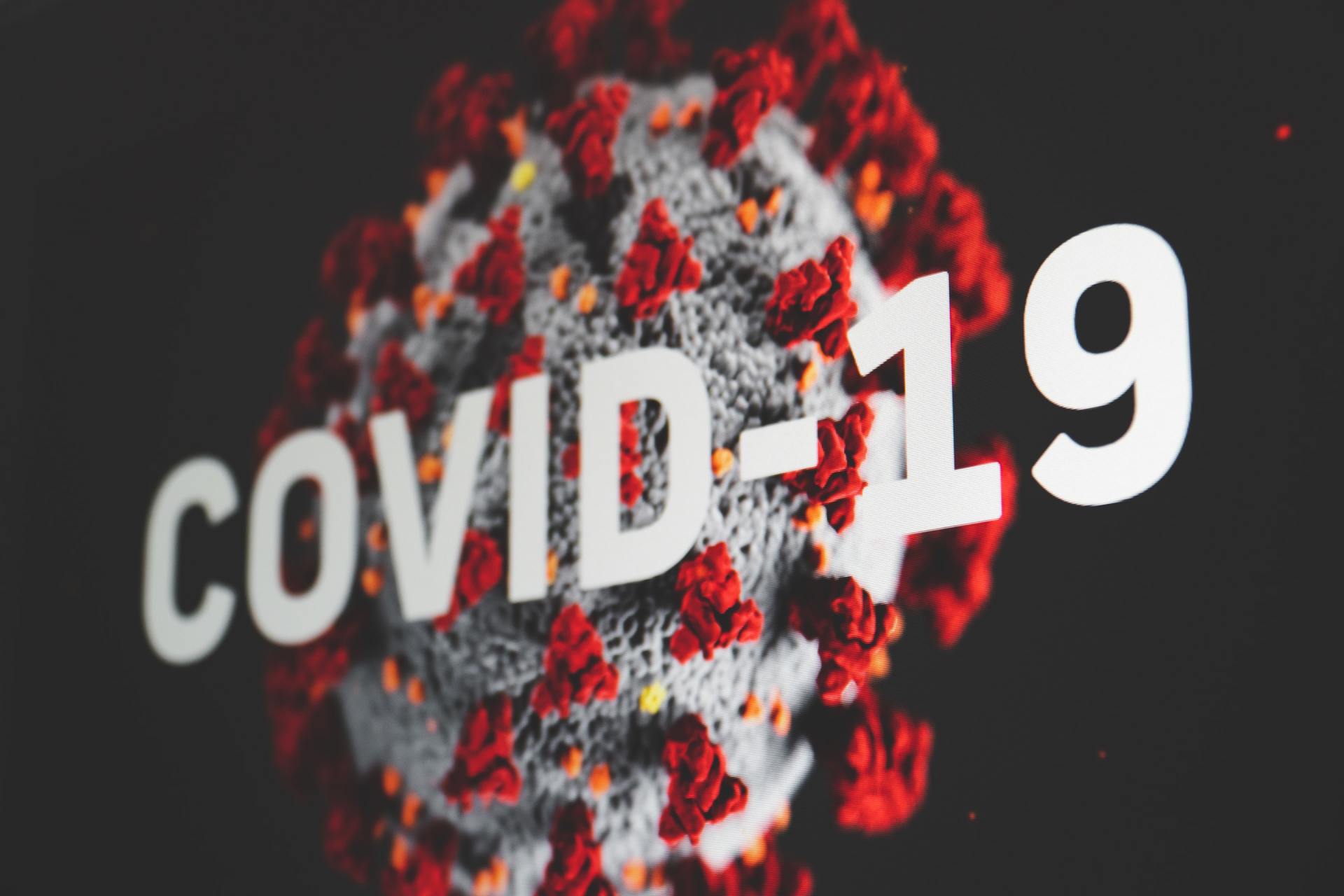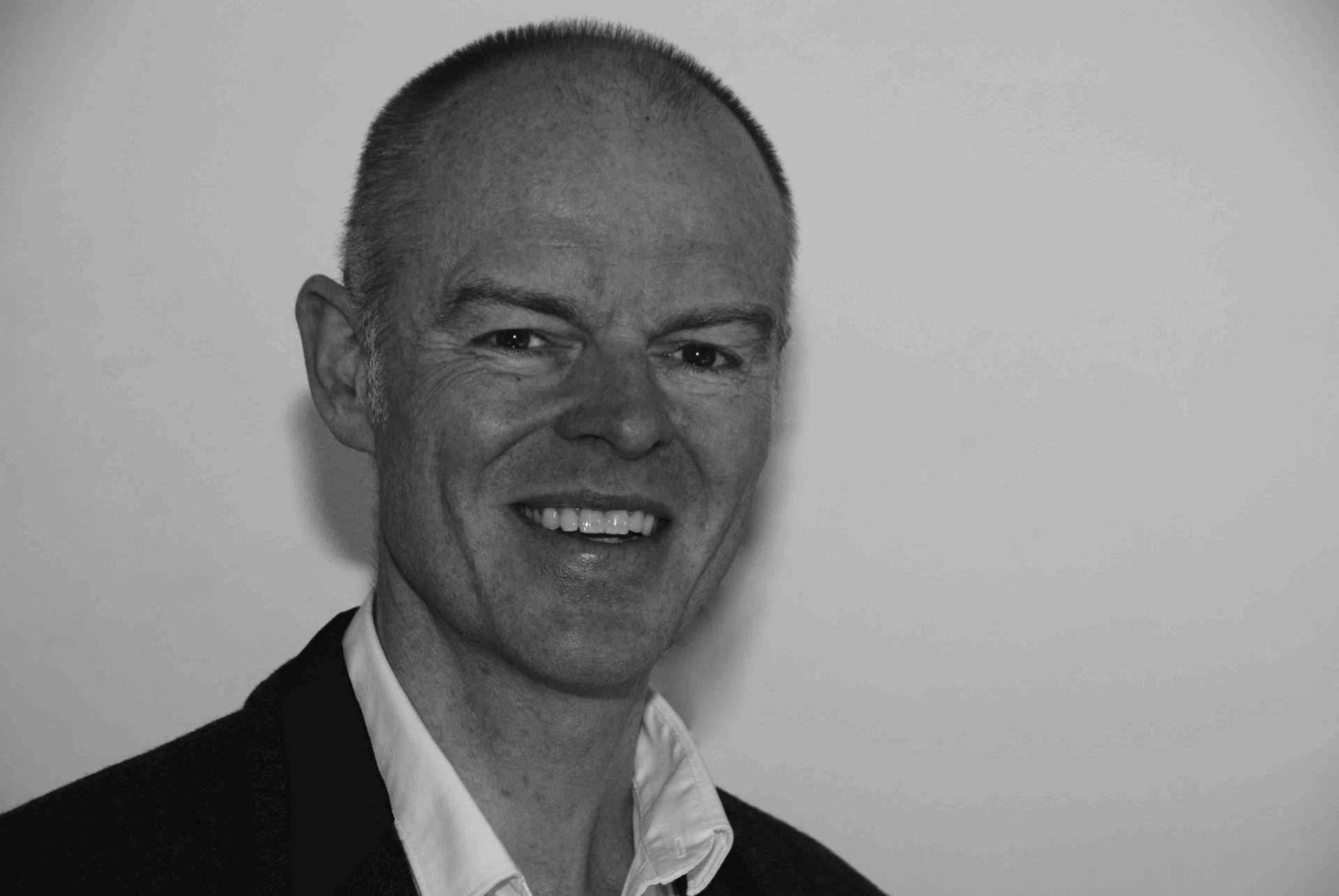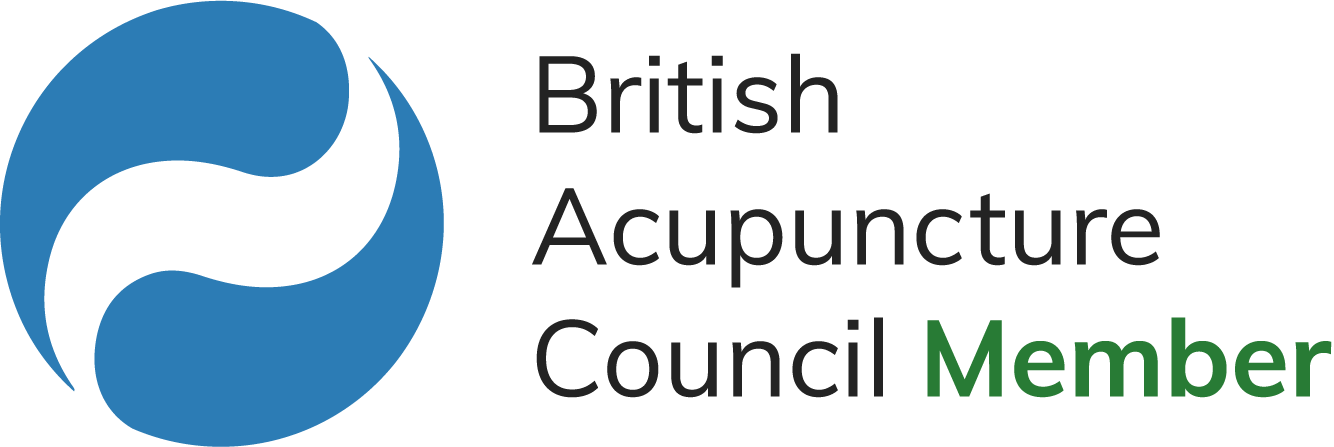How to be calm with your child
David Thorpe • 30 March 2020
Monday 30th March 2020
Start of second week of home schooling due due to Covid 19
Great Oneness - Acupuncture point Stomach 23
A great point for bringing about a sense of stability and wholeness. To help someone feel at peace with themselves and to act from a place of wisdom.
I thought with the home schooling that is taking place I would look at how to be non reactive while being with children.
The subject of how to parent is vast and there are many different styles. Most parents know that it is best to label the behaviour and not the child. What follows is far from definitive but looks directly at us as parents and how if we are reactive in a situation, it can have a negative effect.
In essence non-reaction is raising your consciousness in any given situation.
A reactive response would look like this:
Stimulus/event – Reaction
A non-reactive response would look like this:
Stimulus /event – Pause – Conscious Non-reactive response
Let’s take a reactive response example.
Your child knocks over a drink.
A reactive response would be to snap, shout or criticise the child. This reaction then has a negative effect on the child. They become agitated or upset which then causes further stress for the parent. The action causes a negative reaction, which exacerbates the situation. This would be an inappropriate response.
Now let’s look at a non-reactive response to the same situation. The parent takes a moment to raise their consciousness. The parent then responds in a conscious state. They are in full control. They react in a calm way. This way of responding will allow the situation to be resolved in a way that is both positive for the child and parent. This would be an appropriate response.
As we will be fully aware adults make mistakes. Sometimes we have accidents or choose the wrong words in a situation. It is guaranteed that your child will have accidents and act in ways that cause a response. This is out of your control and will continue to happen whatever you do. It is part of life and how they learn and how they grow. What is in your control is how you respond.
The example I have given can be applied to any situation. A reactive response not only creates stress in your child, but also adds to your own stress. In addition you may then be left with feelings of guilt about the way you reacted creating more stress. A stressed out parent will create a stressed out child.
While a stressful childhood can cause conditioned patterns, as we become an adult the patterns are not hard wired. At anytime there is the ability to do some rewiring and correct any negative patterns that do not serve us well. This is where Five Element acupuncture can work on the psychological creating a more balanced and calmer individual. It raises consciousness and helps people be more in control of their lives.
If a child is constantly being responded to in a reactive way then it is adding more and more to their residue stress levels. Children copy their parents and often how we are is reflected back to us in their behaviour. Most parents will recognise their own negative patterns and work to not pass these on to their own children. The more conscious and non-reactive you are the better the chance you have in succeeding with this.
Let’s go back to the example and look at some practical solutions to help with being non-reactive.
1. Take a breath. Your child has spilt the drink. Before you say or do anything take a breath in and out. I do not mean an exasperated sigh, which is a reactive response, but a calm, controlled in and out breath. This acts as a gap between the response and your reaction to the event. For some this small act can be transformative. In the instance that you take that breath you are raising your consciousness. You are creating a gap between the event and the response.
2. Before you react ask yourself what you want to achieve. If you ask this question at the time of the breath you are empowering yourself further. You are taking control of how you want to be and you are consciously deciding how you want to engage with your child. Do you want to make your child feel guilty? Do you want to upset your child? Do you want to make your child feel stressed? If the answer is no to all of these, the more non-reactive you are, the easier the situation will be resolved without creating further stress.
3. Centre yourself. This means check in with your sense of being. This literally means raise your awareness of the inner feeling of your body. Two areas that are useful is the chest/lung area or area just below your navel. This grounds you and again ups your conscious presence. The more that you are conscious the less chance your have of being reactive.
Breathe
Ask
Centre
On a deeper level what we are examining is being present. In raising your consciousness you gain more control of how you want to be. Now I am making an assumption that you do want be a parent that empowers your child, making them feel listened to, confident and at ease with their sense of being. The more present you are with your child, the less reactive you will be, so nurturing a child that shows great emotional stability and resilience.
If your stress levels are not under control you will be more reactive. You will project your own stress on to your child so disempowering them. There are many ways to manage your own stress but I wrote this recently : How to manage your stress through the breath.
Now let’s go back to the three suggestions above:
1. Breathe - Take a breath
2. Ask - What do you want to achieve
3. Centre - Connect with your inner body
All three of these can act together to create the space to respond in a non-reactive way. In addition this can actively reduce stress that is triggered thereby lowering the chances of a reactive response. This can be applied to any situation.
One of the biggest things that can create stress is psychological time. It is being somewhere but in the mind being somewhere else. Either dwelling on the past or thinking about the future. You are helping your child in some way but your mind is elsewhere. Maybe your mind is re- living a recent (or old) conversation that didn't go well. You may have regretted what you said and are living with guilt. Something from your past plays on your mind and causes you to be stressed. Equally you may be worried or anxious about a future event leads to stress in then present moment. As I write this some people may feel very anxious about Covid 19 and the possible implications.
This leads to stress in the present moment even though the event has gone and the future event hasn't happened. The more present you can be with your child, the more you raise your consciousness to the situation in hand, the less likely you will trigger past and future negative stress. By allowing yourself to be completely present, you create a space for calm and peace. By being with your child in this state your relationship deepens to new levels.
If you are in the middle of doing something and your child demands your attention it is better to acknowledge them in a clear way even if it is to give them a few seconds of complete attention. Children of school age will understand this but a toddler has no concept of time so what you say needs to match the age of your child. It is okay to say to child that I need to do something now but I will get back to you later. Be clear, calm and relaxed in the way you communicate.
I hope that the above offers some kind of help in how to improve the relationship you have with your children. Some of you will already be non-reactive in your parenting, while others may find this to be a new approach. As parents we will not get it right in every situation. Do make sure that you give your children complete, focused attention everyday. This may not be for all the time, but when you can, be fully present and see how it can transform your relationship with them for the better.
The more patient and relaxed that you can be as a parent the less reactive your child will be. If your child is reacting in an emotional way be as calm and non-reactive as possible. Acknowledge their feelings from a place of loving-kindness. Be completely present as you do this and see what happens.
I leave you with this. When and if your child ever spills a drink again you will probably laugh, so that's something.
Much peace
David
Hello and Welcome to my blog page.
Below you will find articles that expand and answer questions about Five Element Acupuncture. I will also be adding self help advice that supports current patients and offers free counsel to anyone who has landed on this page.
Wishing you good health and happiness.
David
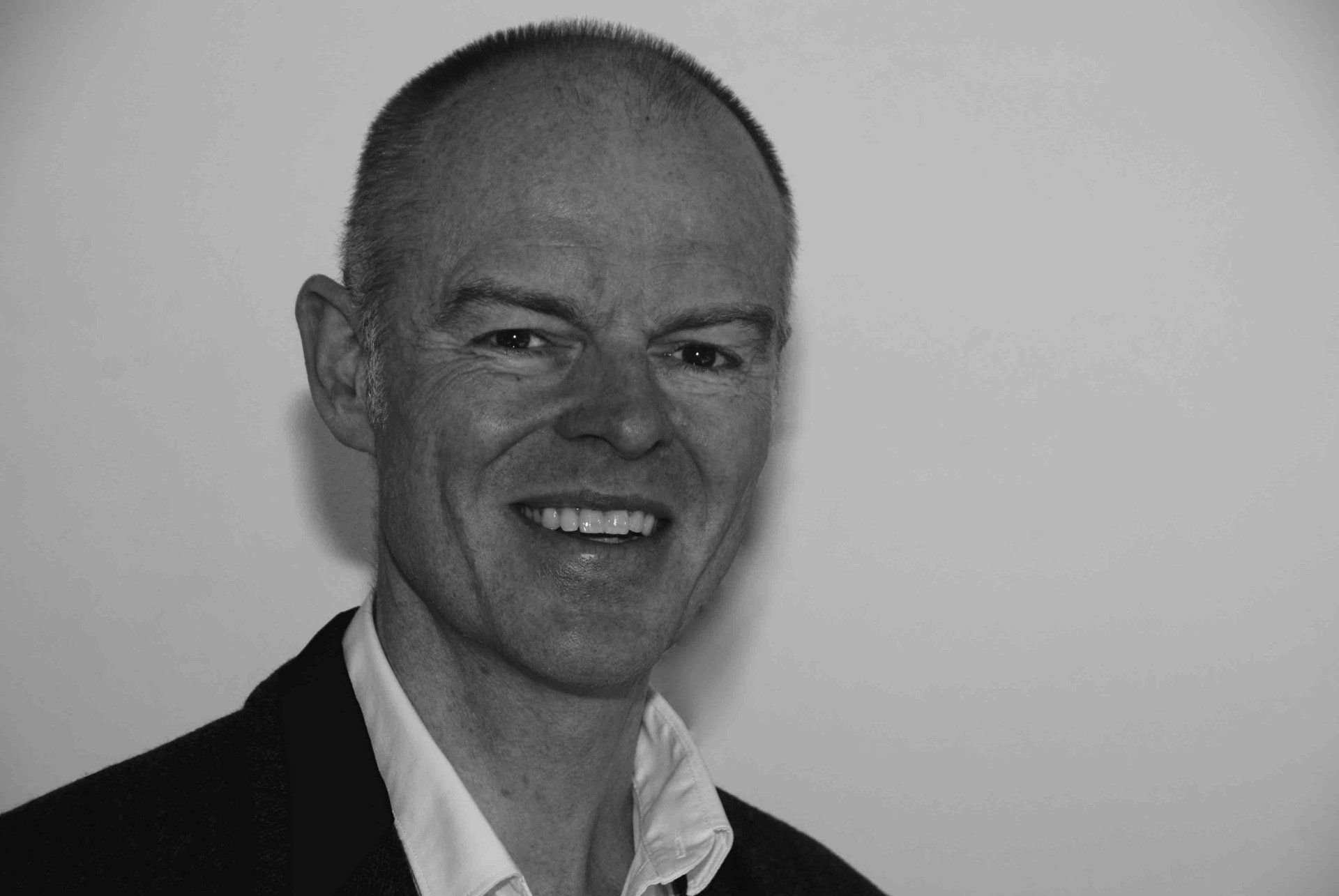
The term psychotherapy is derived from the ancient Greek word “psyche” meaning “breath”; “spirit”; “soul” and “therapeia” meaning “healing”; “medical treatment”. Counselling is the means by which one person through conversation with another can give advice, guidance and support. Within my work as a Five Element (FE) Acupuncturist I integrate aspects of psychotherapy (talking therapy) and counselling into my sessions as it’s important for patients to be given as much space as they need to speak openly. As a therapist using the medium of acupuncture points to bring about positive change, I have found that FE acupuncture is highly effective in transforming people on a deep mental and emotional level. I need to closely observe in each of my patients which behaviours or thought patterns are detrimental to their health as it is my role to then address any imbalances in the best way possible. Many patients will know if they are out of balance, for example, if they are feeling overly anxious, worried, angry, sad, depressed or in a low mood which is why they are seeking help. Effective treatment, combined with the right advice, can bring about a state of balance and improved well-being. Listening to a patient is very powerful in assisting any treatment. As a practitioner I need to be fully present with all my patients in a non- judgemental way because it can be very healing when a patient is fully heard. FE acupuncture, beyond any physical treatment, is to balance the emotions and bring about that person’s optimal state of being. The physical and emotional are often entwined, therefore, treatment aims to address both in a holistic way. Each patient is unique in what they present with, so each session must be tailor made for that person on that day. With a successful treatment, there can be a shift in perception of past or current events or a lessening of the intensity of pain from past traumas. As the cloud begins to lift, comments such as “I feel myself”; “I am more at ease”; “I haven’t felt like this for so long”; ; “life seems less stressful”; “I’m more relaxed”; “my daughter said I seem happier”; “I feel like I’m in control again” become more commonplace. As a practitioner I reflect back to my patients what they have said. I ask questions to better understand the patient’s needs and so they can better understand themselves. In the background I am choosing acupuncture points that will support that patient at that moment. For example, Acupuncture point bladder 37, also known as Soul Door, is a beautiful acupuncture point that allows someone to move through grief, despair or a sense of hopelessness. It also benefits the lungs and is therefore beneficial for all breathing issues including asthma. I ask myself “what does this person need of me today?” Some acupuncture points will treat the person’s psyche and others may have more of a physical benefit. All will aim to balance the person in a positive and healthy way. No therapy will have all the answers. A person’s life journey continues with its inevitable ups and downs. Ultimately, I believe that FE acupuncture can work at a profound level bringing about lasting transformational shifts. It can also be supportive on a day-to-day basis in helping people cope with the stresses of life. FE acupuncture very much deals with the psyche treating the “spirit” and “soul”. For example, the point Soul Door can help someone access the preciousness of life when something has caused them to retreat. Any person can be shown the door, but it will be their choice whether they step through it.
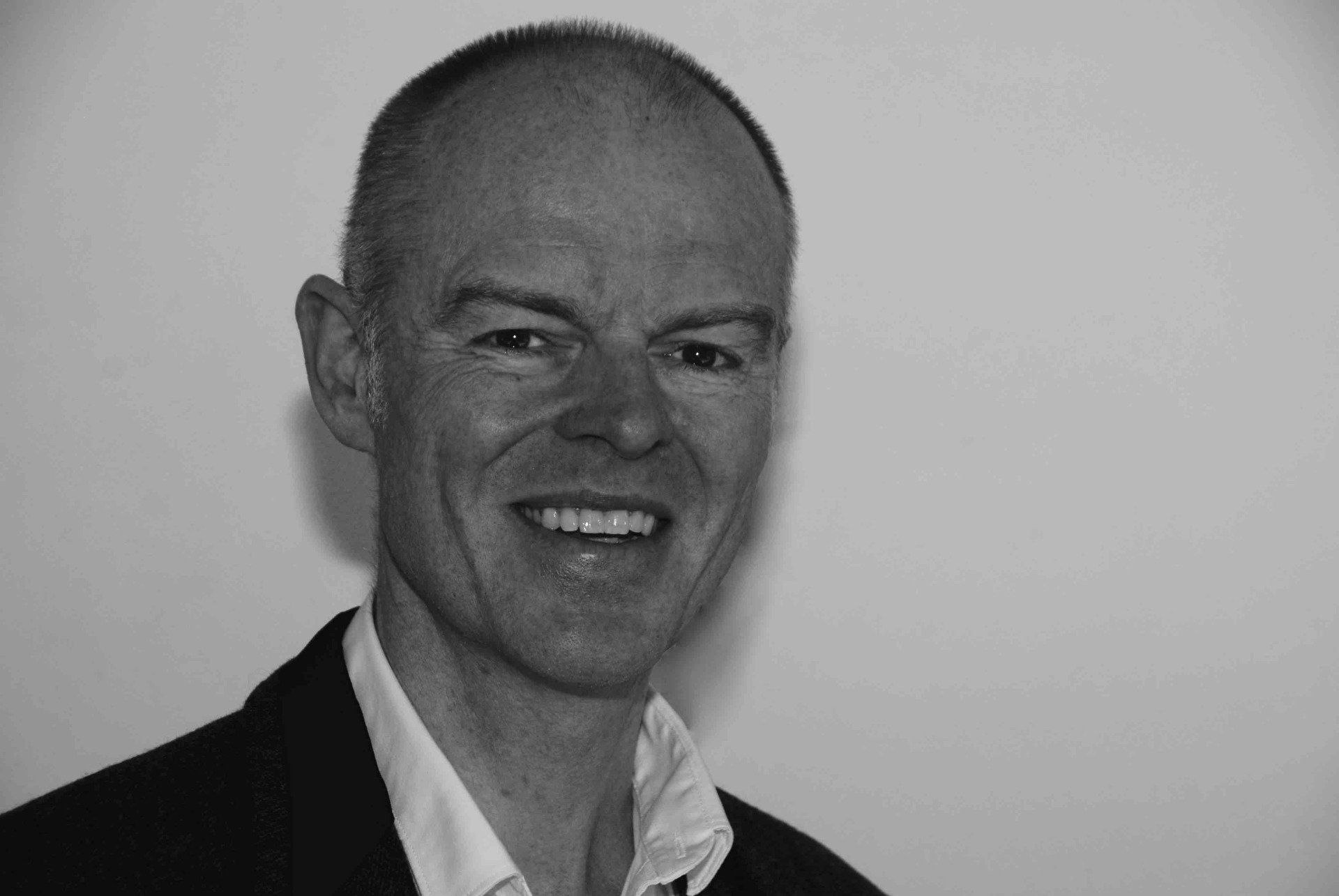
Five Element Acupuncture (FEA) works on the principle that each person has a dominant element that shapes their way of being. When out of balance this can cause emotional or physical distress or illness. Also the balance and strength of these Elements and, in the case of FEA, the person’s core element, can dictate the speed of recovery after illness and their vulnerability to illness in the first instance. If a person is involved in a car accident and are injured the cause of the injury is very clear. In a lot of cases the cause of illness is not so clearly defined and when we then enter the field of emotions a person may suffer a myriad of conditions such as depression, anxiety, worry, sadness, fear and a whole array of states that can affect the psyche and lead to physical conditions. A person who has anxiety may develop chest pains. Someone who worries excessively may develop stomach problems. The list of possible variations is extensive but it is now established in current neuro-science how the mind affects the body and vice versa. Whereas most talking therapies pay their attention to the mind and physiotherapy directly relates to treatment of the body, FEA sees that there is a bridge between the body and mind. The connection is so important that both are treated as part and parcel of the same course of treatment. FEA in itself is a treatment that works with the body. The insertion of the acupuncture needle and the application of heat (moxibustion) is a treatment on the body. But acupuncture points stimulate and address so much more than the surface level of the body. If we take the acupuncture point Conception Vessel 14 (CV14) - Great Deficiency as an example. This point has a direct relationship to the Heart and is said to help with chest pains, stomach issues, abdominal pain and even cold extremities. But in addition it is said to calm palpitations due to fear, be good for depression and have a calming effect on anxiety and hysteria. But more than that it treats the spirit. Spirit here, is not in the religious sense, but is the deeper core of a person’s psyche. It is a slightly deeper level than that of the emotions (mind). It is said that of the three levels of body, mind and spirit, when distress has reached the spirit level, a person will feel somewhat cut off from the joys of life. Most people are able to view a sunset and marvel at its wonder and somehow not be able to express in words how it makes them feel. Whereas we can express joy and sadness spirit remains slightly elusive but for many we can relate to what this means. For some there is a total disconnection from the core of who they are. They wander through life not really knowing what their purpose is or knowing who they are. It may well be that they have suffered emotional or physical abuse, been involved in an accident or suffered from an illness. Anyone of these can be so overwhelming that it causes a person to cut off or be disconnected. In FEA terms we look at the patient and say that this person is out of “balance”. Treatment is aimed at restoring the balance to the best of the person’s ability. FEA sees that a person has a dominant element of which there are five: Wood, Fire, Earth, Metal and Water. Each person has a dominant emotion which acts as a prism in the way they relate to their life: Anger, Joy, Sympathy, Grief, and Fear. We are all the elements and so we can feel all these emotions but it is when an emotion becomes extreme that we see states of imbalance. The person who is always angry. The person who seems to be living under a cloud of sadness. The person who is in a constant state of anxiety. People are very good at hiding their distress so to others they may seem okay but inside they are slowly but surely breaking down. FEA ultimately aims to address imbalances at the core level and by doing so restore a person to optimal well being. In the treatment room a patient is given full attention and is observed and listened to attentively. The practitioner will form a tentative diagnosis and seek to bring that person into balance through the selection of acupuncture points. The practitioner will ask how can I help this person? What are their needs today? A plan of treatment is then set out and revised at each session. For when the patient arrives each time they are not the same person they were at the last appointment. It goes beyond this article to explain fully how this is all achieved and really then goes into the realm of being taught FEA. But as an example and a way to understand let us look at a couple of ways the practitioner achieves this. As I mentioned a Five Element Acupuncture practitioner will assess what a person’s dominant element is and in this journey, work out what acupuncture points may benefit that person. Also a very effective and simple treatment is the clearing of blocks. The simplest way to view a block is to imagine a gutter that is blocked or a gate or door that is seized up. This is effectively what can happen in a person’s system. So a good practitioner will diagnose and clear these blocks as quickly as possible. In fact they are a priority and if not cleared will limit the potential of treatment. A clearing of a block can have a remarkable and profound effect in itself. A reconnection treatment that often comes up in the early sessions is a bit like rebooting a computer. It’s as if the person has too many windows open and running all at the same time. They simply cannot cope but also don’t have the mechanism in place to work out what to do. They feel like they are overwhelmed and out of control. This reconnection treatment allows them to move forwards and free them up so they can cope. It also allows the physical being of that person to function in a better way. It’s as if the person has stepped through a doorway into a new bright room that has otherwise been inaccessible. A comment that often is made by patients is “I feel myself again”. In this simple statement is captured the essence of Five Element Acupuncture. It is to bring the person seeking treatment into the best optimal state of well being that they can be in. It is to help the person be in a state of balance so that they may function and overcome life’s obstacles. It is to give them a sense of inner strength and resolve. David Thorpe MBAcC LicAc DipBSSD YTTC Clinics in Central London and Hemel Hempstead/Berkhamsted
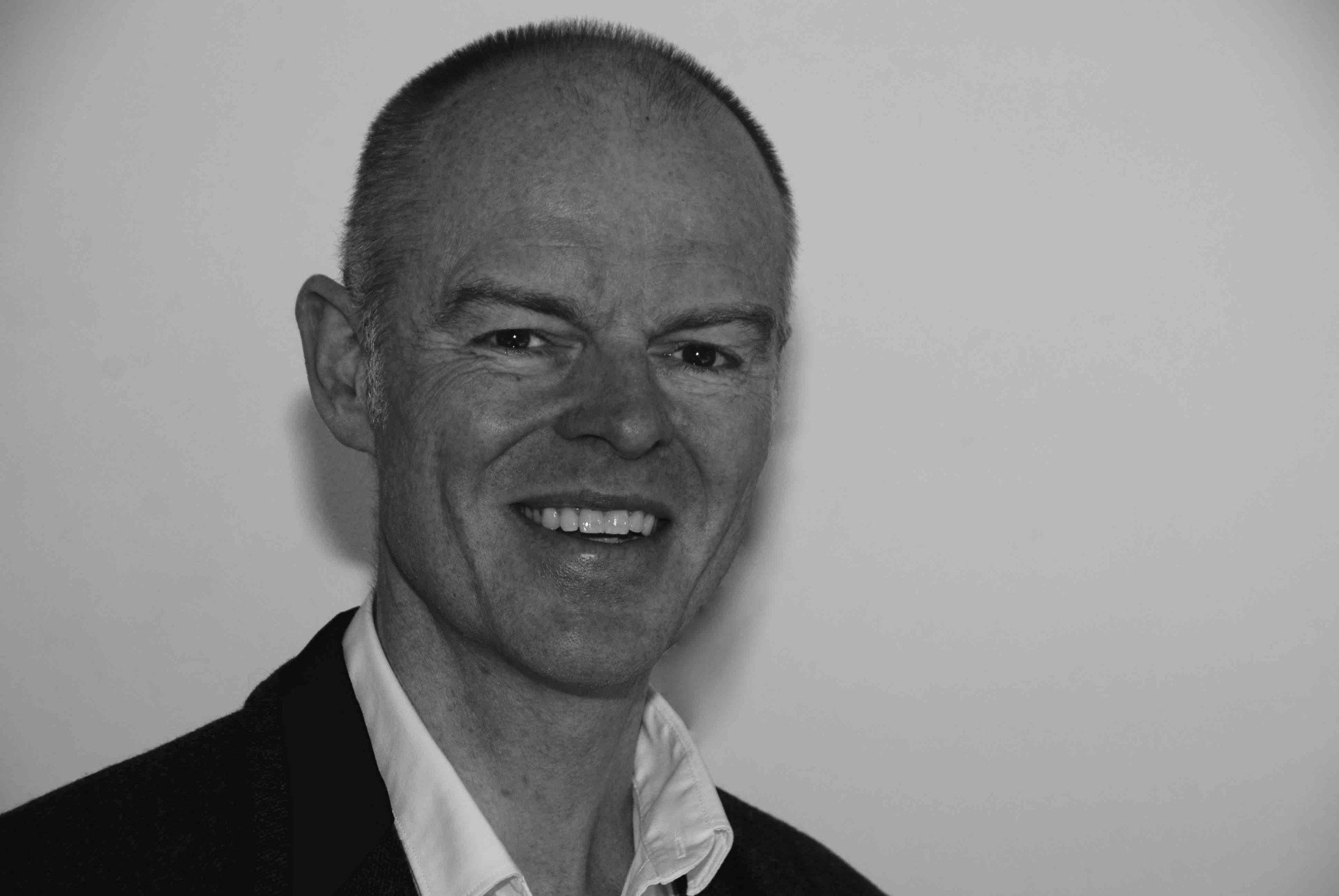
Relax and Joy – Acupuncture point Triple Heater 12 Did you know that there is positive stress called “eustress” and negative stress called “distress” but most people associate stress with being negative, hence the comments such as “I’m so stressed out!”, “I can’t cope with the stress!”, “the stress, is really getting to me!”. Another thing about stress is what is negative for one person may be positive for another. Some people thrive when giving talks while others crumble under the “pressure”. One person may come alive through rock climbing and another may be petrified by the mere thought. Some people seem to have an in-built mechanism that they can cope much better in “stressful” situations than others. Often, but not always, if an adult has had a traumatic childhood or even if they have been brought up in a household where the parents are not calm, it can have an effect on how they respond in difficult situations. The programmed conditioning of our early years can cause us to be stuck in fight, flight or freeze mode so we are easily distressed. The good news is that the programming is not hard wired and we have the ability to both manage our stress levels and how we react in challenging situations. While there are many ways in which we can release stress, I will give instructions on how to use the breath to relax. Know that this is available at any time and any directed work that you do will send positive messages to your subconscious. Watch your breath We breathe continuously and most of the time without thought. Other organs we have little control over but we can consciously hold our breath, speed it up or slow it down. When we are under stress the breathing is often negatively affected. Next time you are stressed observe your breath. Is it shallow? Are you holding it? Has it speeded up? Sometimes just the observation alone will improve your breathing. Then take three conscious deep breaths. This act reminds the lungs what they are supposed to do and acts as a break in negative patterning. When we are stressed this can negatively affect the breath. If the breathing is impaired in anyway it can send a negative message back to the brain, which causes the stress to continue or even amplify it. So, you have taken the three breaths now simply observe your breath. Is it steady? Are you breathing into your diaphragm area (bottom of the rage)? Just by observing your breath it will improve and send a vital message to your brain to relax. Why do we breathe? In essence, each in breath brings oxygen into our body which is then transported via our lungs into our blood and then pumped by the heart to wherever it is needed in the body. Equally the waste product of Carbon dioxide makes the opposite route and is expelled on the out breath. A simple exercise This is best sitting or lying down. As you read these words observe the breath and know that with each in breath you receive fresh revitalising oxygen from the world. This air energises your whole system. It purifies and within seconds is sent via your bloodstream to wherever you need it in the body. Visualise or feel the oxygen as it is pumped by the heart, through your blood, to your toes, fingers and head. No part is left untouched by its purifying, uplifting presence. Close your eyes and sense the energy of your body. Consciously engage with the breath, breathing in gently through your nose and out through your mouth. Feel the vibrancy of your inner body. Know that with each out breath your body expels what it does not need. On a very deep level your body and mind know to let go of any tension you are holding. Allow each out breath to pass through you like a wave of relaxation. As your body moves into a state of ease so your mind clears and as your mind clears your body breathes another sigh of relief and relaxes even more deeply. Stay connected with the conscious breathing for a while. While it may be good to take three deep breaths at the outset it is best then to stay with normal deep breathing. Once you disengage with the conscious breathing observe your normal breathing. It may feel more deep, calm and steady. Notice how you feel. Do you feel more relaxed? Have your thoughts quietened down? How does your body feel? The above is a wonderful, simple and transformational technique that you will be able to access whenever you need. Once you have been through it 2/3 times It will be easy to remember. The positive effect will continue to work in the background via your subconscious. Just reading this will have an effect on your breathing in a positive way. It will send a ripple of energy that will continue to make you feel relaxed and calm. There may be situations where doing the above is not possible. If you feel tension rising take three deep breaths. It acts as a break and will instantly connect with the background work. In these times (24/3) of home schooling take a breath before you speak. This lessens the chance of making a reactionary comment that adds fuel to the situation. Listen – Breathe – Respond from a place of conscious awareness. Much peace, David




